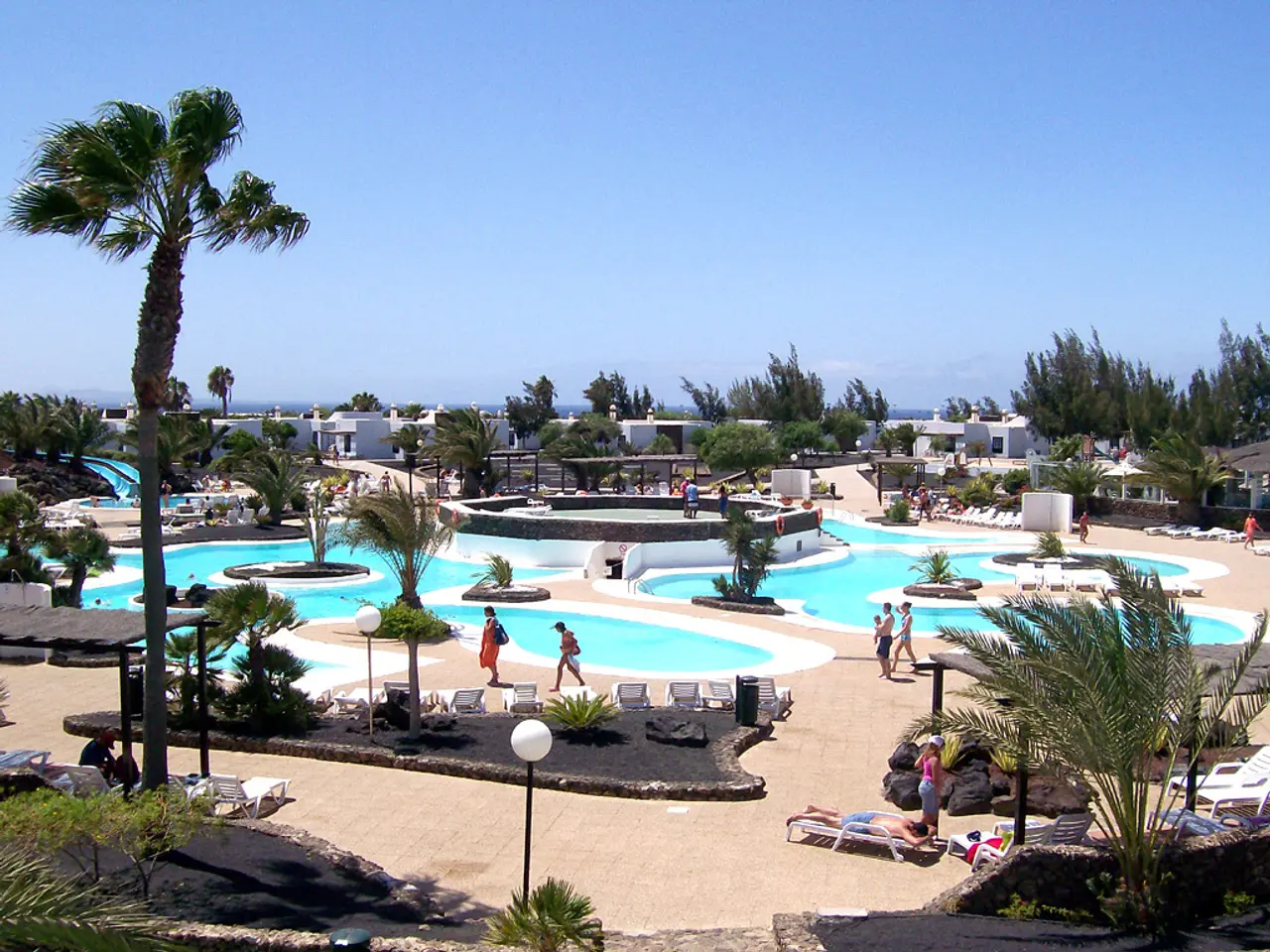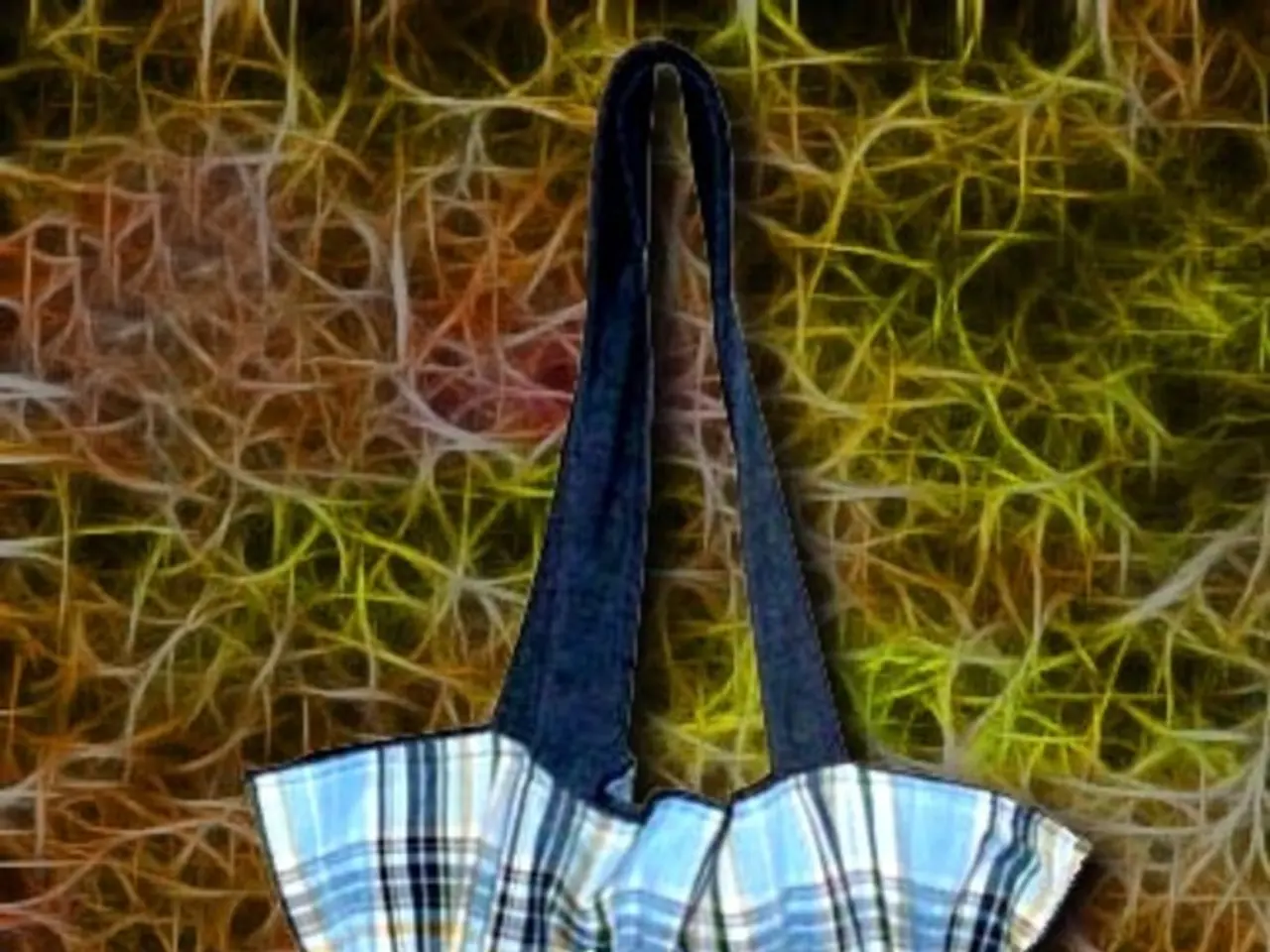Exploration of the Origins of Easter Eggs
The egg, a humble yet profound symbol, plays a significant role during Easter celebrations. This is because the egg represents new life, resurrection, and renewal—core themes of the Christian Easter story [1][3].
The hard shell of the egg symbolises the sealed tomb of Jesus Christ, and cracking the shell signifies Jesus' resurrection and emergence to new life, just as a chick breaks free from its eggshell [1][3]. In some Christian traditions, eggs are dyed red to symbolise the blood Jesus shed during the crucifixion, deepening the connection to his sacrifice and resurrection [1][3].
This tradition originates from early Christian communities and medieval Europe, where eggs were exchanged and decorated as symbols of new life and rebirth—ideas deeply rooted in both Christian theology and earlier cultural practices [2][4]. The use of eggs as fertility and renewal symbols spans back even further to ancient cultures such as Egypt and Greece, where eggs represented regeneration and the cycle of life, influencing how the symbol was adopted and adapted by Christianity [2][4].
The Easter Bunny, representing fertility, symbolises new life and birth in spring. This symbol can be traced back to German folklore, where the Easter Bunny would bring eggs to children, reinforcing the association between eggs and new life [1][5].
Easter eggs combine ancient fertility symbolism with distinctly Christian meanings of resurrection and salvation, making them a cherished element of Easter celebrations worldwide [1][2][3][4]. Today, various materials are used to decorate Easter Eggs, from traditional dyes and onion skins to more modern techniques like painting and 3D printing [6].
In addition to the Easter Bunny and decorated eggs, other symbols of rebirth during Easter include bunnies, baby chicks, and lily flowers [1]. Ancient spring rituals involved decorating ostrich eggs with dyes, onion skins, flowers, and leaves [4].
The tradition of exchanging eggs dates back to Edward I of England, who gave 450 gold-leafed eggs as Easter gifts [7]. A third custom that connected Easter and eggs was Christians giving up both meat and eggs for Lent, making Easter the first day to enjoy both after a long absence [8]. Easter is viewed as the celebration of Earth's renewal after a cold and long winter.
One of the most well-known Easter traditions is the White House Easter Egg Roll, a fun-filled event that has been held annually since 1878 [9]. The "Easter Egg Roll" also represents rolling away the stone from Christ's tomb, symbolising Jesus' resurrection [10].
In Europe, a tradition known as pace-egging involves children going house-to-house begging for eggs, similar to Trick-or-Treating on Halloween [11]. Eastern Europeans created patterns called Pysanky (Ukranian Easter Eggs) using beeswax [12].
The egg, with its rich history and symbolic significance, continues to be a cherished tradition during Easter celebrations, bridging the gap between ancient cultures and modern Christianity.
References: [1] https://www.britannica.com/topic/Easter-egg [2] https://www.history.com/news/easter-eggs-origins [3] https://www.thespruceeats.com/easter-egg-symbolism-2132761 [4] https://www.history.com/news/easter-eggs-ancient-symbolism [5] https://www.history.com/news/easter-bunny-origins [6] https://www.thespruceeats.com/easter-egg-decorating-ideas-2132764 [7] https://www.history.com/news/easter-eggs-origins#targetText=The%20tradition%20of%20exchanging%20eggs,of%20Edward%20I%20of%20England. [8] https://www.history.com/news/easter-eggs-origins#targetText=A%20third%20custom%20that%20connected,after%20a%20long%20absence. [9] https://www.whitehouse.gov/easter-egg-roll/ [10] https://www.history.com/news/easter-eggs-symbolism [11] https://www.history.com/news/easter-eggs-origins#targetText=In%20Europe,%20a%20tradition%20known,Trick-or-Treating%20on%20Halloween. [12] https://www.history.com/news/easter-eggs-origins#targetText=Eastern%20Europeans%20created%20patterns%20called,Ukranian%20Easter%20Eggs.
The decoration of Easter eggs, featuring intricate patterns and vibrant colors, serves as a way to commemorate both the Christian resurrection and the ancient symbolism of new life and fertility, reflecting the intertwining of diverse cultural practices and beliefs. With the arrival of spring, home-and-garden spaces can be adorned with decorative Easter eggs, contributing to a community-oriented lifestyle that embraces traditions of food-and-drink, further deepening the significance of the Easter holiday.




